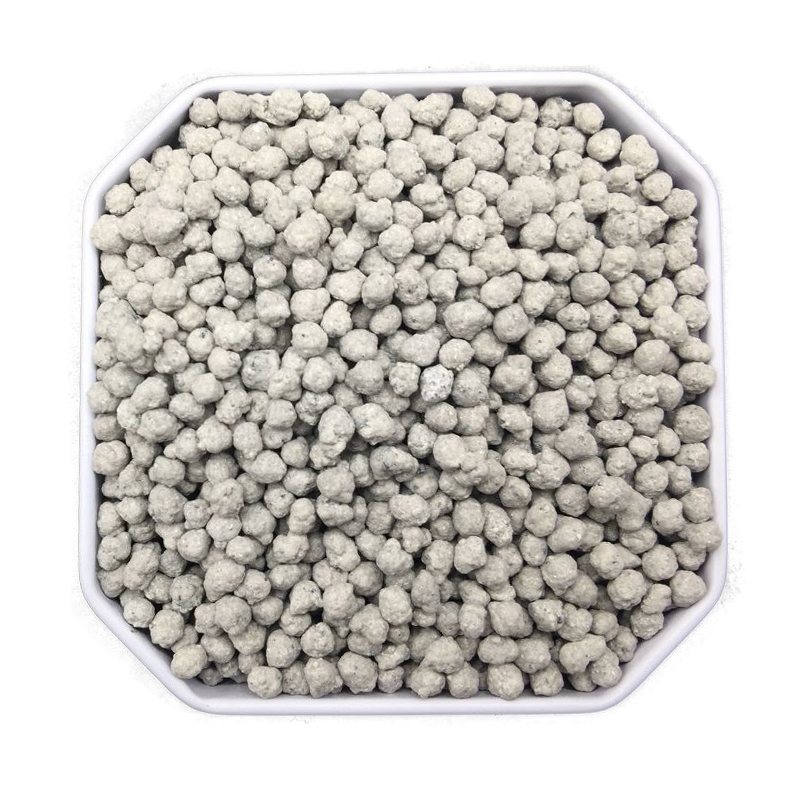
Nov . 16, 2024 13:19 Back to list
slow release npk fertilizer
Slow Release NPK Fertilizer A Sustainable Solution for Optimal Plant Growth
As the demand for sustainable agricultural practices grows, the importance of using fertilizers that promote healthy crops while minimizing environmental impact has become increasingly evident. Among these, slow release NPK fertilizers have emerged as a favored choice for many farmers and gardeners. NPK, which stands for Nitrogen (N), Phosphorus (P), and Potassium (K), represents the three essential nutrients needed for plant growth. This article delves into the benefits, mechanisms, and practical applications of slow release NPK fertilizers.
Understanding Slow Release NPK Fertilizers
Slow release fertilizers are designed to release nutrients gradually over an extended period, rather than all at once. This slow release is typically achieved through the coating of granules or through the formulation of specific chemical compounds that control nutrient availability. In contrast to conventional fertilizers that can lead to nutrient leaching, slow release fertilizers ensure a steady supply of essential nutrients, aligning with the natural growth rate of plants.
Benefits of Slow Release NPK Fertilizers
1. Enhanced Nutrient Efficiency Slow release NPK fertilizers mitigate the risks of nutrient leaching and volatilization. Traditional fertilizers often release nutrients quickly, which can lead to the loss of valuable resources, as well as environmental issues such as water pollution. Slow release options ensure that nutrients are available to plants over an extended duration, maximizing their uptake and minimizing wastage.
2. Improved Plant Health By providing a consistent supply of nutrients, slow release fertilizers support better overall growth and development of plants. Healthy plants are more resilient to diseases and pests, resulting in increased yields and reduced reliance on chemical pesticides.
3. Sustainability The use of slow release fertilizers aligns with sustainable agricultural practices. By reducing the frequency of fertilization and promoting the efficient use of nutrients, these products contribute to a decrease in agricultural runoff, which can harm local ecosystems.
4. Ease of Use Incorporating slow release NPK fertilizers into gardening or farming routines is straightforward. Typically, they can be applied just a few times during the growing season, thus saving time and effort for farmers and gardeners alike.
slow release npk fertilizer

Mechanisms of Action
The slow release mechanism in NPK fertilizers is primarily based on two processes polymer coatings and controlled release formulations.
- Polymer Coatings Many slow release fertilizers use a polymer coating to encapsulate the nutrient granules. This coating regulates the rate at which water permeates through and dissolves the nutrients. As water is absorbed by the granules, nutrients are gradually released into the soil, making them available to plant roots over time.
- Controlled Release Formulations Some fertilizers are developed using chemical formulations that control the solubility of nutrients. These formulations react to environmental factors, such as temperature and moisture, allowing for a tailor-made nutrient release in response to the specific conditions of the soil.
Practical Applications
Slow release NPK fertilizers are suitable for various applications, including agricultural crops, ornamental plants, lawns, and vegetable gardens. When selecting a slow release fertilizer, it's vital to consider the specific nutrient requirements of your crops, as well as the soil fertility and structure.
For instance, crops with higher nitrogen needs may benefit from a slow release fertilizer with enhanced nitrogen content, while flowering plants might require a blend with higher phosphorus levels to promote blooming.
Conclusion
In conclusion, slow release NPK fertilizers present a sustainable and efficient approach to fertilization in modern agriculture and gardening. Their ability to provide a steady supply of vital nutrients not only enhances plant health and productivity but also underlines the commitment to environmentally responsible practices. As we look towards a more sustainable future, embracing slow release fertilizers can play a critical role in achieving agricultural resilience and efficiency.
-
10 10 10 Fertilizer Organic—Balanced NPK for All Plants
NewsJul.30,2025
-
Premium 10 10 10 Fertilizer Organic for Balanced Plant Growth
NewsJul.29,2025
-
Premium 10 10 10 Fertilizer Organic for Balanced Plant Growth
NewsJul.29,2025
-
Premium 10 10 10 Fertilizer Organic for Balanced Plant Growth
NewsJul.29,2025
-
50 Pound Bags of 13-13-13 Fertilizer for All Plants – Bulk & Organic Options
NewsJul.28,2025
-
High-Efficiency 15-30-15 Granular Fertilizer for Healthy Crops
NewsJul.28,2025
